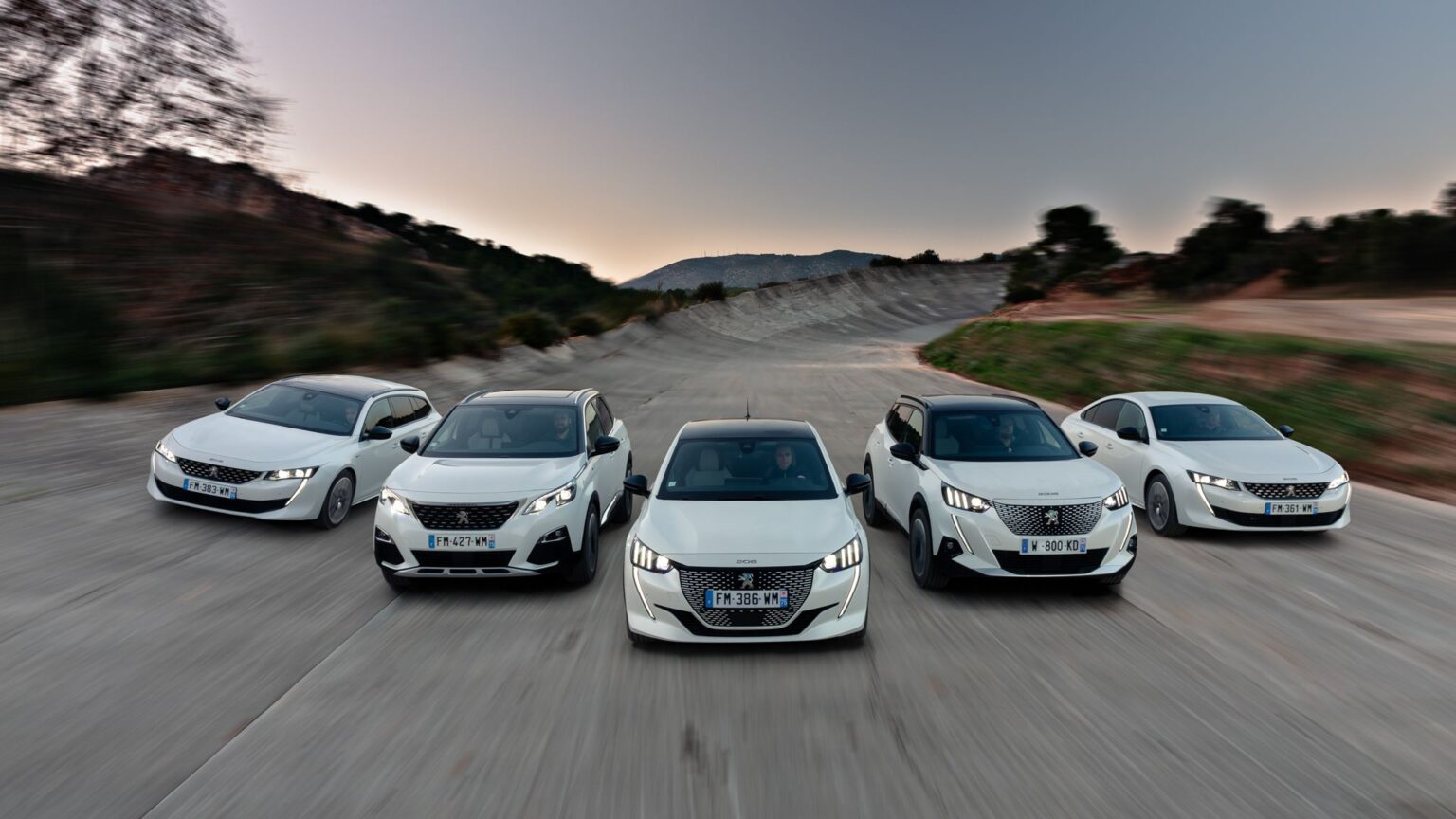Stellantis is apparently stepping back from any potential ideas or prospects of reintroducing some long-forgotten forbidden fruit to the North American market. Speaking with AutomotiveNews, Stellantis Canada and North America CEO, Jeff Hines, downplayed any potential for bringing any of the automaker’s other European brands back to the U.S. or its neighbors to the north. Some of these brands include Peugeot, Citroën, and Opel.
Over the past decade, companies like Peugeot and Citroën entertained the idea of re-entering the U.S. and Canadian markets after carmakers once absent, such as FIAT and Alfa Romeo, proved that comebacks could be successful. Previously, France’s Peugeot occasionally expressed interest in reintroducing itself to the U.S. But now, any plans are off the table for the time being.
A Rough Performance In 2024 And Lingering Tariffs Aren’t Helping
While interviewing Hines, AutomotiveNews asked questions to get a sit-rep of how things went for Stellantis’ Canadian division in 2024. Similar to Stellantis in the U.S., sales and financial situations were also rough for the Canadian subsidiary, to say the least.
After the former CEO Carlos Tavares’ resignation, other major shakeups at the executive level led to major changes within the company across all of its 14 brands. Hines became Stellantis Canada and North America’s CEO in March 2024.
Stellantis Canada may be perceived as a separate operation to the U.S. branch, and even Stellantis in Europe. But despite being different entities and subsidiaries, both Stellantis U.S. and Stellantis Canada work very closely with each other and are heavily integrated in a variety of operations.
Tariffs Hinder European Brands’ Return
Sure, sales and marketing may be vastly different at Stellantis Canada versus the U.S. But the two companies still collaborate with each other on the manufacturing and logistics fronts. Additionally, because product lines are very similar across borders, a product decision in Canada can still adversely affect availability in the U.S., and vice versa.
That said, one of the major factors contributing to Hines admitting that Stellantis Canada may not have any near-future plans to reintroduce some of the auto conglomerate’s other European brands is the threat of lingering tariffs from the current Trump Administration. This decision also reflects and prospects to reintroducing the same nameplates in the U.S.
“I don’t have a lot to say on tariffs but clearly what we need to do is focus on the stuff that we can control, which is selling cars,” Hines replied to the question about tariffs. “For the automotive industry to work best, we really need clarity and ease of trade because that’s how it all works. These parts go back and forth all the time. Cars go back and forth all the time, and just like it is for the stock market, uncertainty is bad for everybody. So, we’re looking forward to some more certainty across the continent, across the world, to get back to doing what we do.”
The prospect of reintroducing brands such as Peugeot and Citroën back into the U.S. and Canada became even stronger when Fiat-Chrysler Automobiles and PSA, Peugeot’s and Citroën France-based corporate parent, merged to create Stellantis, the third-largest automaker.
That’s because the merger increased the possibility of their reintroduction by potentially offering the two French automakers access to FCA’s preexisting dealership network, which already sells the company’s U.S.-based brands. But due to the lingering tariffs and other more pressing financial situations needing attention, these plans are off the table.
“No, I don’t think so,” when AN asked if North American customers could expect any other of Stellantis’ European brands on this side of the pond. “I don’t think we’ll have Opel or Peugeot or any of the European-centric brands here. If there are products we think that work in Europe, those are some of the things we’re looking at today that could fit here.”
However, despite not being sold in Canada or the U.S., both Peugeot and Citroën maintain a presence and sell vehicles in Mexico.
Source: AutomotiveNews
Read the full article here


